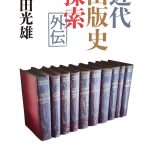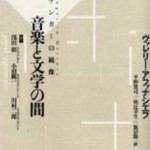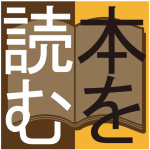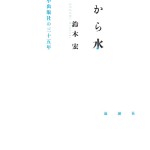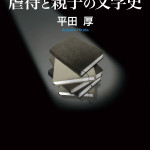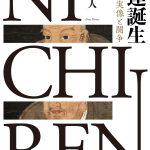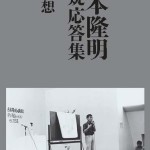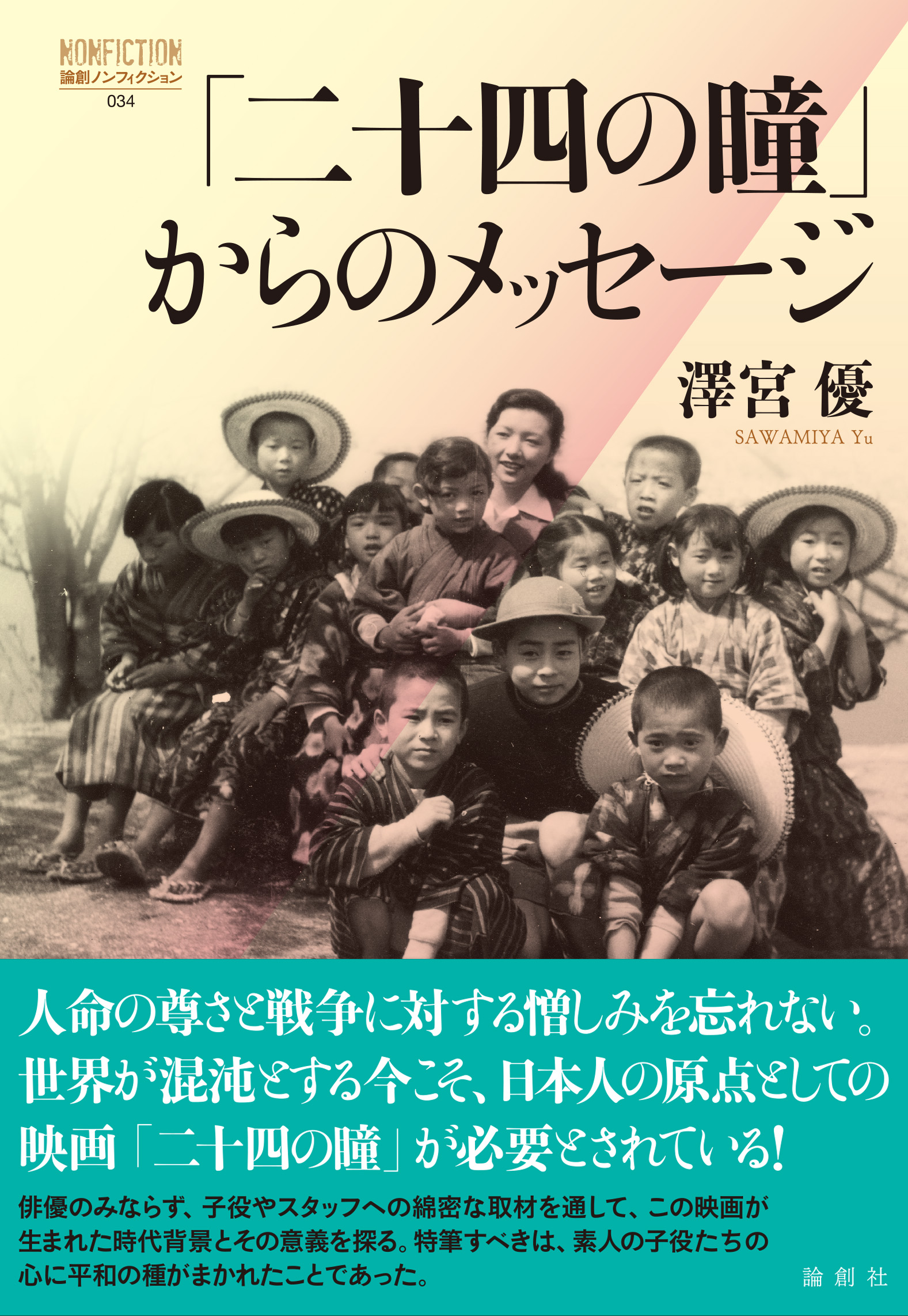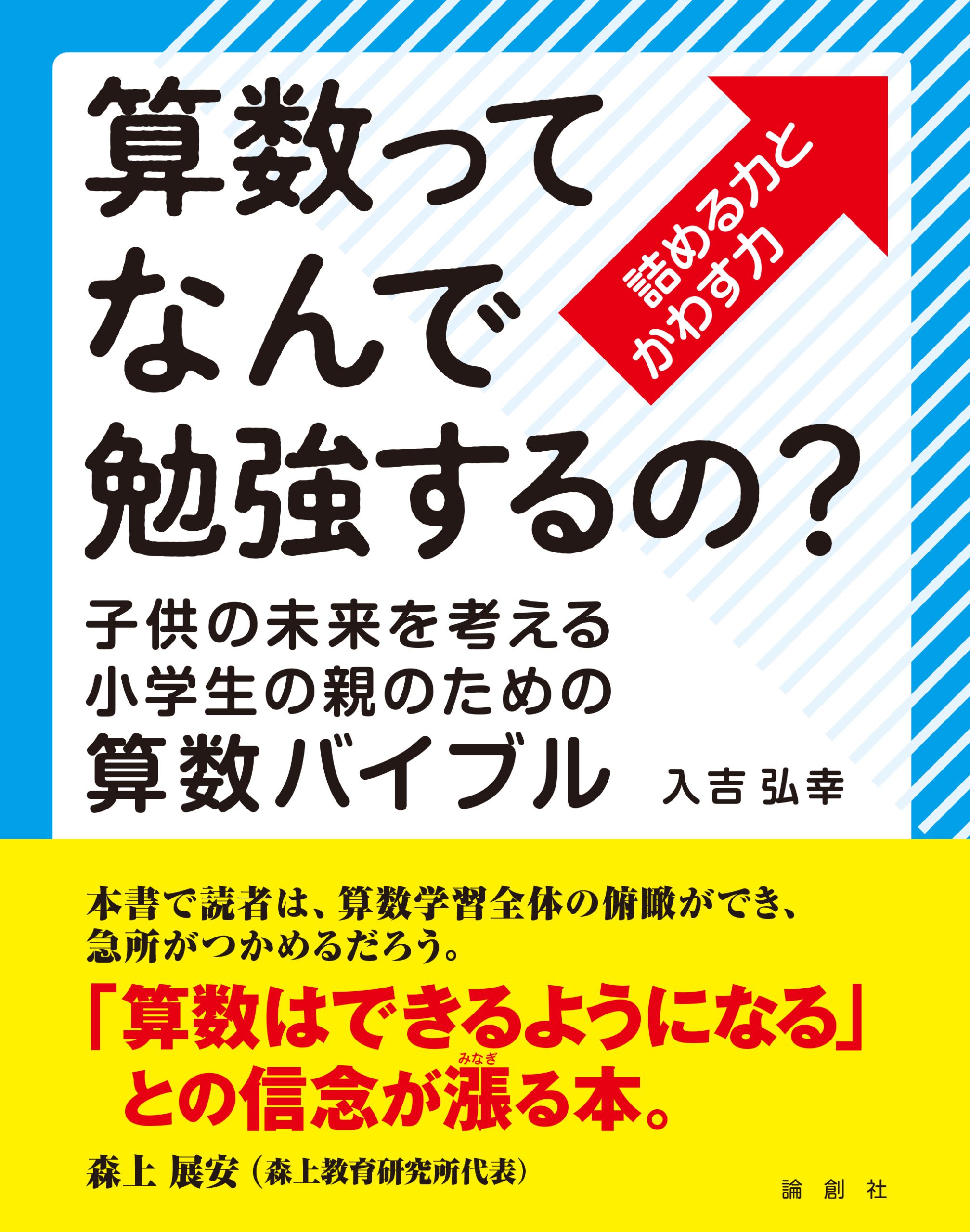- 2019-11-1
- お知らせ, 論創通信, The Nichiren Buddhism【ミステリーな日蓮 英訳版】
17.No prayer, no Buddhism
Hiroto Ema
Nichiren, who had started his career as a monk of Tendai school, attacked Tendai school, which was the foundation of his authenticity. In this section, we will discuss from a different point of view how hard such defiance was.
One thesis that has changed the modern studies on the Buddhism in the Kamakura era (1185-1333) is “Ken Mitsu Taisei Ron (a thesis on the exoteric and esoteric structure)” by Toshio Kuroda. This criticizes existent studies that have claimed that the Kamakura era was a period when new sects called Kamakura new Buddhism, such as Zen, Jyodo (the Pure Land sect), and Nichiren, became dominant, and argues that older sects such as Ritsu, Tendai, and Shingon, all of which had existed before the Kamakura era, had overwhelming power as the mainstream force of Buddhism. And it concluded that the scale of Kamakura new Buddhism was small, and its power as heresy was also insignificant.
Here, the older sects refer to the state sects of Buddhism in the Nara era (Sanron, Jyojitsu, Hossou, Kusya, Kegon, and Ritsu 710-794) and two sects which were established in the Heian era (794-1185) and acknowledged by the Imperial Court (Tendai and Shingon). Among these eight sects, Kuroda focuses on the power of influence of Shingon esoteric sect. According to him, the Esoteric Buddhism characterized by prayer was adopted by other sects and later the whole circles of Buddhism became esoteric. The eight sects mentioned above, which had become esoteric, was acknowledged by the state, closely related with it, and integrated into it. And the structure which was established by the integration into the state is called “the exoteric and esoteric structure”.
Before the transportation to Sado Island, Nichiren had already prided himself in pushing back the tide of the belief in Nenbutsu. In other words, he probably thought that he had won over the so-called new Buddhism. So the enemy he had to fight against was “the exoteric and esoteric structure” itself. It was not only the declaration of war against the whole Buddhism, but also the defiance against the national structure, that Nichiren urged the shogunate to halt the esoteric prayer and criticized the Esoteric Buddhism widely.
Nichiren began such kind of daring challenges when he was in Sado Island as a prisoner. It is surprising how extraordinary his preparedness as a monk of the Lotus Sutra was since the transportation to Sado Island. Then, what did Nichiren aim at ultimately by these challenges? In the next section, we will discuss the aim of Nichiren through which he wished to change the national structure.
November 1st 2019
Please let us know your feedback via e-mail.
(Next section will be released on December 1st)
Back Number →The Nichiren Buddhism
17.祈祷がなければ仏教じゃない
江間浩人
天台僧として出発した日蓮が、自らの正統性の根拠ともいうべき天台宗を攻撃する。これがいかに困難なことであったか。少し、別の角度から探っていきたいと思います。
現代の鎌倉期の仏教研究に大きな変化をもたらした論考に黒田俊雄氏の「顕密体制論」があります。これは、鎌倉期は、鎌倉新仏教と呼ばれる禅・浄土・日蓮など新興の諸宗が席巻した時代であるとしてきた従来の研究成果を改め、律宗や天台宗・真言宗など鎌倉期以前からある旧仏教が、あくまで仏教界の主流として絶大な力を持っていたと論じたものです。鎌倉新仏教の規模は小さく、異端派としてわずかな影響力があったに過ぎないとされました。
ここで旧仏教というのは、奈良時代の国家仏教だった六宗(三論、成実、法相、倶舎、華厳、律)に、平安時代に興って朝廷から公認された天台宗と真言宗を加えた八宗のことを指します。黒田氏は、八宗のなかでも真言密教の影響力の大きさに注目しました。加持祈祷という呪術を特徴とする密教は、他宗にも取り入れられていき、やがて仏教界全体が密教化していったと述べます。この密教化された八宗が、国家権力から公認され、癒着し、結合していたとして、密教化された八宗と国家権力の結合によって確立された体制を、顕密体制と呼びました。
日蓮は、佐渡に流罪される以前の時点で、すでに念仏信仰の勢いを留めたことを誇っています。いわゆる新仏教との闘争には一応の勝利を収めたということでしょう。日蓮が次に勝負すべき相手は、まさに顕密体制そのものだったということになります。日蓮が密教による祈祷を停止するよう幕府に求め、密教批判を展開したことは、当時の全仏教界を敵に回すだけではなく、国家体制それ自体への挑戦でもあったわけです。
日蓮は、このような大胆な戦いを、佐渡で、流人の身として開始しています。佐渡流罪を契機とした日蓮の法華経の行者としての覚悟が、いかに大きなものだったか、改めて驚かされます。では日蓮は、この挑戦によって、最終的に何をしようとしていたのでしょう。体制転換のために日蓮が獲得を目指した目標は何か、次回はここに迫りたいと思います。
—ご感想はお問い合わせメールまで(次回は12/1予定)—



